Dry Eye Disease
Dry eye does not necessarily mean your eyes are “dry,” but that there are signs and/or symptoms of dryness. Many people who suffer from “dry eye” have chronically watery eyes because of an imbalance in the systems that maintain the ocular surface. Dry eye disease is often associated and exacerbated by other conditions such as blepharitis, meibomian gland disease, and rosacea.
Dr Xu is bringing cutting edge dry eye treatments to Staten Island. We have the newest, and the only FDA approved IPL treatment for dry eye in Staten Island.
Dry eye symptoms can be some of the most frustrating and uncomfortable day-to-day feelings. They can severely impact your quality of life. If you often suffer from dry, irritated, burning, or gritty eyes, you may have dry eyes.
Dry eye disease is very common especially in today’s world when we are all involved in electronics, whether it is at work or at home in entertainment. Additionally, in patients with glaucoma or with environmental allergies, the glaucoma or allergy eye drops tend to contribute to additional dryness. It is a chronic condition.
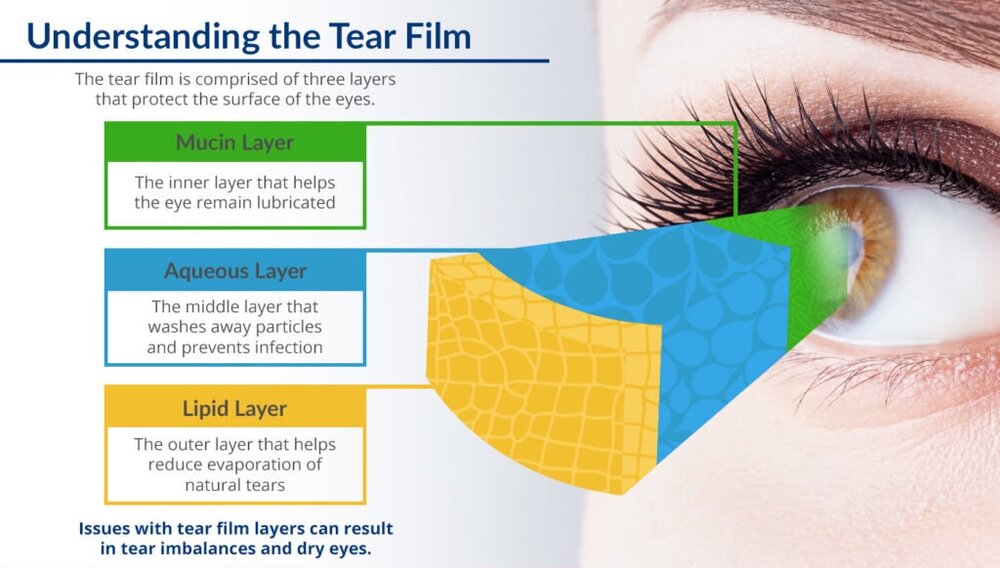
OIL (LIPID) LAYER:
In combating dry eye, the outer layer of our tear film plays a crucial role as it consists of an oil or lipid-based layer. Its primary function is to safeguard the tear film, effectively reducing the evaporation of our essential natural tears, providing relief for dry eye symptoms.
WATER (AQUEOUS) LAYER:
The middle layer primarily consists of water, dedicated to hydrating the eye, rinsing away particles, and serving as a protective barrier against infections.
MUCIN LAYER:
The innermost layer is the mucin layer, pivotal in enabling the even spread of the watery layer across the eye’s surface. This vital layer ensures the eye stays consistently moist and lubricated, offering nourishment to the underlying cornea. Moreover, it plays a crucial role in helping tears adhere to the eye’s surface.
Causes of Dry Eye Disease

The causes of dry eyes are multifactorial:
6. Environmental factors.
Windy and dry climates increase tear evaporation
Digital eye strain: when we focus on a screen (computer, cellphone, iPads) or when reading for prolonged period, we naturally reduce our blinking rate, causing evaporative dry eyes.
Air conditioners or heaters are associated with tear insufficiency.
7. Other factors.
Contact lens use
LASIK surgery
Eyelid surgery like upper lid blepharoplasty
Bell’s palsy
What we do

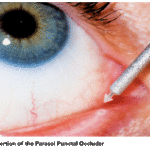
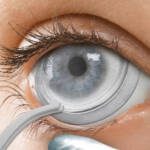
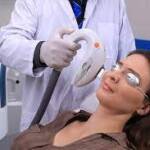
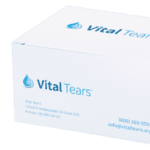

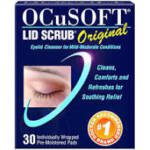



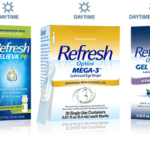
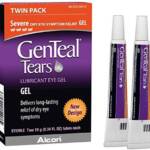
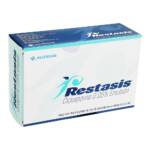

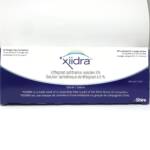

Symptoms of Dry Eye Disease
- Dry, itchy eyes
- Burning or stinging
- Irritation
- Watery eyes
- Blurred vision
- Pain
- Foreign body sensation
Did you know?
- Meibomian gland disease
- Blepharitis
- Rosacea
Book Your Exam Appointment Online
We take an individualized step-wise approach, to give our patients the most relief of symptoms with the least amount of to-do items.
Diagnostic Modalities
- Fluorescein and Vital Dye staining
- Tear Break Up Time
- Schirmer Testing
- SPEED questionnaire
- Sjogren antibody blood test
- Corneal Topography
Treatment Options
- Holistic dietary adjustment and supplements
- Tear Substitutes, drops, gels
- Lid warming eye masks
- Tea Tree Oil based lid cleanser
- Omega 3 – triglyceride form, Oral supplement
- Prescription eyedrops (Restasis, Cequa, Klarity-C, Xiidra drops)
- Punctal plugs
- Debridement of lid margin
- Intense Pulsed Light (IPL)
- Autologous Serum Eye Drops (ASED)
- Protopic ointment
- Doxycycline
- Azithromycin drops
- Environmental modifications such as humidifier, moisture goggles
To start, make an appointment for dry eye consultation with Dr Xu. A comprehensive exam helps to define the problems and area of focus.
ZEST (Zocular Eyelid System Treatment) is an exciting new treatment developed by Zocular® to treat dry eye, demodex and blepharitis. Dry eye and blepharitis are often associated with poor hygiene of the eye area.
ZEST is an in-office lid cleaning and debridement system using a natural okra-based gel. It is an effective treatment for killing demodex mites, removing dirt and debris and relieving associated inflammation.
